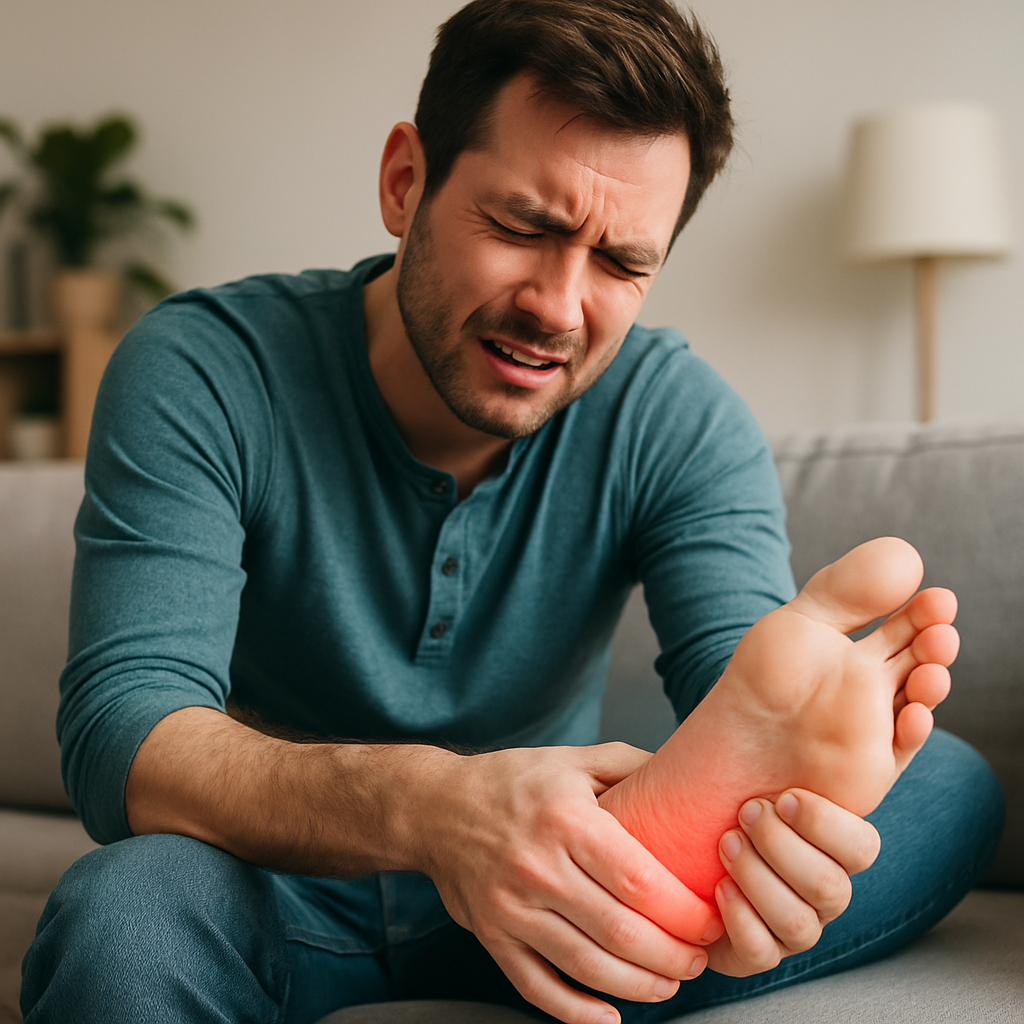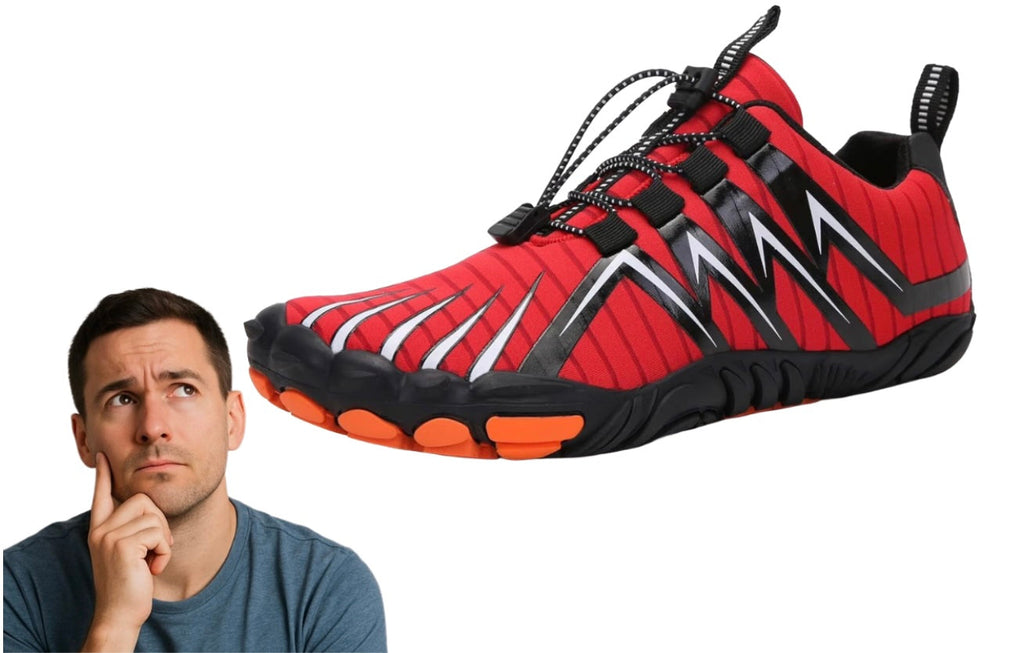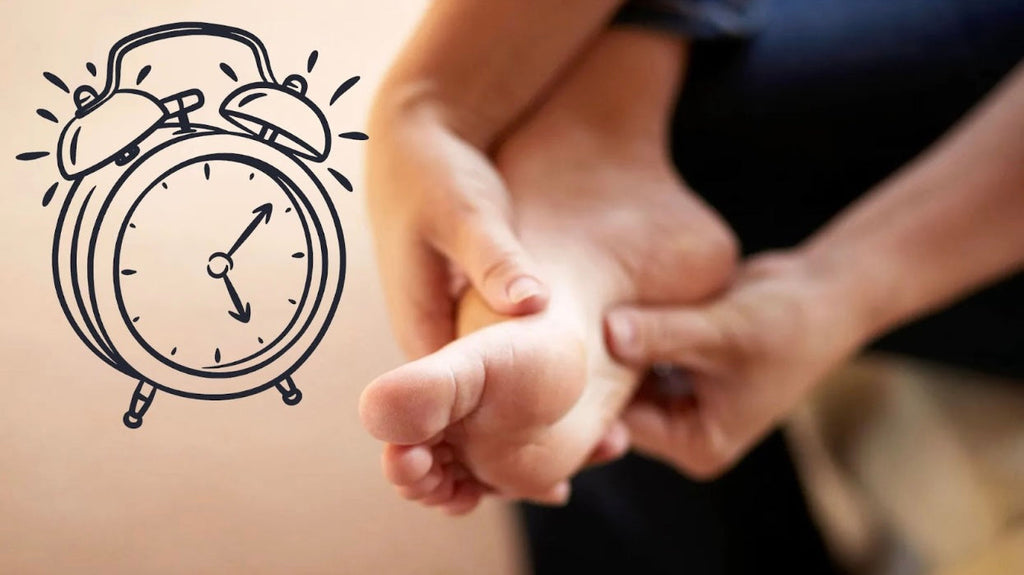What is an Orthotic?
An orthotic is a medical device designed to provide pain relief, correct alignment issues, support foot structure, and generally improve the body's biomechanical functions. It can come as an insole, support, or brace to be inserted into a shoe, worn around the limbs, or any other part of the body.
Key Takeaways
- An orthotic is designed to give support, alignment, and stability to any part of the body experiencing biomechanical issues.
- It functions by redistributing pressure, providing shock absorption, stabilizing joints, and correcting gait and posture issues.
- It can be designed in different ways depending on the body part that requires it. It can be an insole, heel cup, arch support, ankle, knee, or back brace, etc.
- It can be helpful in the treatment and management of conditions like flat feet, plantar fasciitis, high arch, heel spurs, hammertoes, bunions, etc.
If you have had foot, knee, or back pain in your life, you have probably wondered what possible solutions there are. While surgery and physical therapy are options, one minimally invasive but nonetheless helpful tool is the orthotic.
What exactly is an orthotic? This and more are the questions we will be answering in this article. Let’s dive into it by first defining what orthotics are and then helping you make a decision about if orthotics are right for you.
Defining Orthotics
Orthotics are medical devices that improve the function and mechanics of your body in motion. They do so by offering arch support, preventing overpronation, and even engaging the toes, among others. Additionally, orthotics offset pressure from areas throughout the foot that may be causing pain.
Orthotics versus Insoles: Differences
There is often confusion between the terms "orthotics" and "insoles." Online, the two words are generally interchangeable, although from a medical standpoint there are key differences.
Insoles are usually sold over-the-counter at drugstores and don’t focus on ‘correcting’ issues you might have. Instead, they ‘accommodate’ them and just aim to increase comfort in the shoe. Insoles are often heavily cushioned and don’t have much of an arch support or heel cup. If you are someone with minor foot discomfort, an insole might be best for you.
On the other hand, an orthotic is a medical device sold to ‘correct’ issues in the gait. For example, if you have a leg length discrepancy, you would need orthotics that will be taller in one foot than the other.
Additionally, orthotics are not limited to just the ones placed in your shoes. They can be entire brace systems that connect your feet to your knees and even hips. These are known as Ankle-foot Orthotics or AFO braces, and are often quite expensive and used for serious conditions like drop foot or even cerebral palsy.
|
Orthotic |
Insole |
|
|
Price |
$40 - $1000 |
$10 - $80 |
|
Purpose |
Corrective |
Accommodative |
|
Sold by |
Medical Doctor |
Over-the-counter |
|
Insurance |
Yes, with Diabetes and other severe cases |
No |
Conditions Treated with Orthotics
Orthotics are great at treating a wide variety of lower extremity conditions. At its price point, it’s a common first line of defense prescribed by medical professionals to patients with common conditions like:
- Plantar Fasciitis: Alleviates heel pain by offsetting pressure on the plantar fascia band.
- Flat Feet: Supports the foot by artificially giving the foot an arch. The foot’s arch acts like a shock absorber, and without it you can experience immense foot pain.
- High Arches: Those with high arches put all their weight on the heel and ball of the foot. Orthotics help by more evenly redistributing the body's weight.
Sports and Orthotics
When playing sports, you put tremendous strain on your muscles, tendons, and ligaments. Orthotics are thus essential tools used by athletes, from LeBron James to David Beckham.
Let's look at why athletes wear orthotics:
For Improves Biomechanics
Orthotics align the feet/body, normalizing your gait pattern. They correct overpronation, a situation where your foot excessively rolls inwards. Similarly, orthotics can prevent underpronation, where the foot rolls outwards. With different levels or pronation/underpronation, you are likely to get shin splints or experience knee pain.
Shock Absorption and Increased Propulsion
With sports like basketball or tennis, you experience repetitive strain on hard ground. Orthotics have cushioning material that distributes the load across the foot. Additional arch support also acts like a cushioning spring, increasing propulsion as you complete the gait.
Enhanced Performance
When your body is in alignment, there is less energy getting expended during movement. As such, many athletes turn to orthotics as a way to increase performance. For example, recent studies show that orthotics directly increase the distance of a golfer by an additional 15 yards.
Injury Prevention
With improved stability, orthotics can help prevent injury. Young athletes often turn to orthotics as a way to prevent future injuries from occurring
How Orthotics Work
Orthotics correct any underlying biomechanical issues you might be facing throughout your body. These issues can lead to pain as your body tries to compensate, further throwing the body out of alignment.
Additionally, orthotics work by reducing pressure to certain areas. For example, if you have plantar fasciitis, you might get custom orthotics that has a cutout in a specific area to prevent additional strain on the pain point. This is where the expertise of the medical professional comes into play as they know what questions to ask to fully understand what solution is needed. Custom orthotics are essential in this case because they can pinpoint where in the foot to redistribute the pressure.
Conclusion
An orthotic is more than just a shoe insert—it is an important medical device that plays an important role in maintaining foot health, improving alignment, and generally helping the entire biomechanics of the body function optimally. You have the option of going for prefabricated options if you have mild issues or custom-made ones for more advanced support and personalized solutions.
Note that you can only get the best outcome when you choose an orthotic that is right for you. Brands like Stride Soles can help ensure that the device you get is an exact fit for your needs by carefully assessing the need and designing a device that perfectly addresses the issue.




